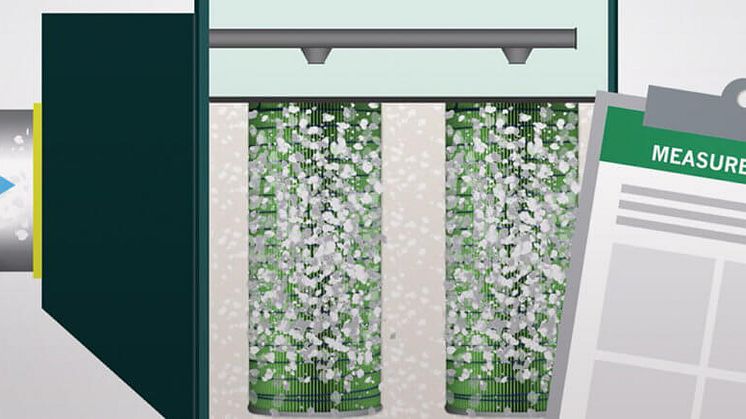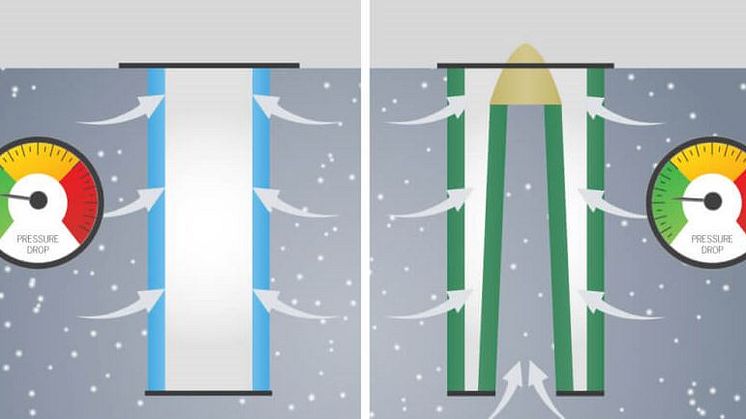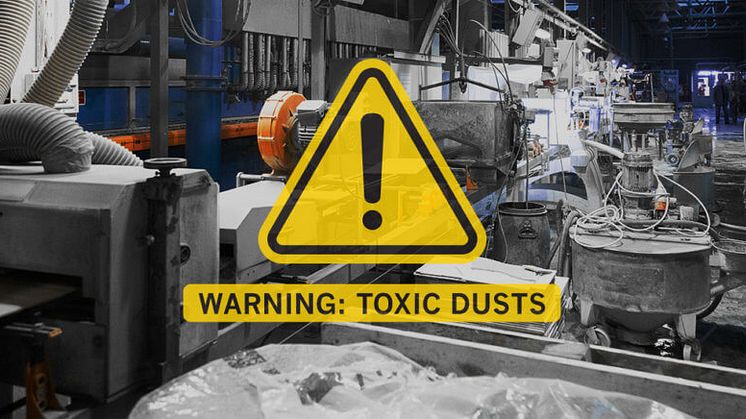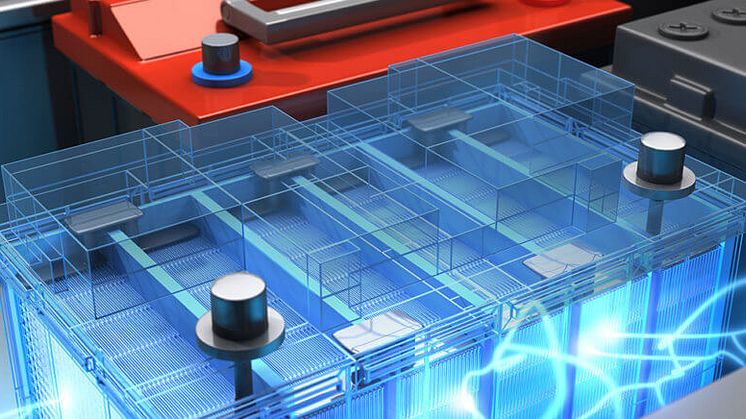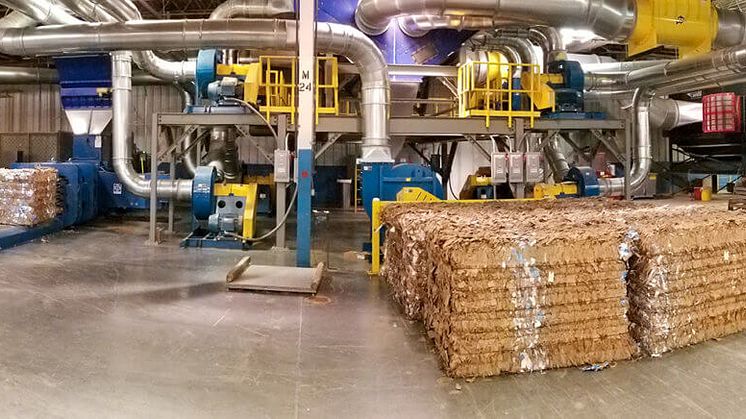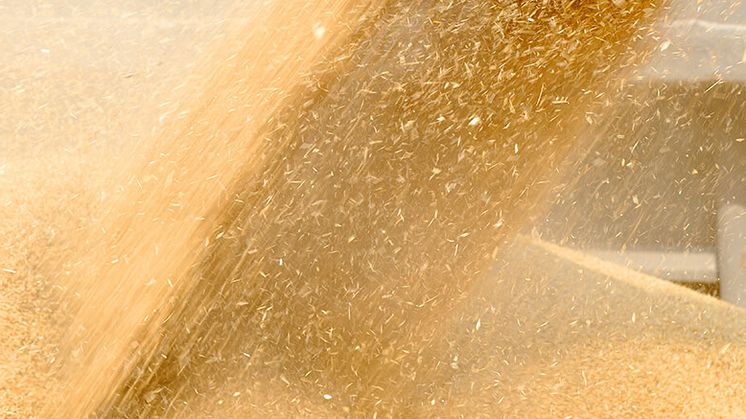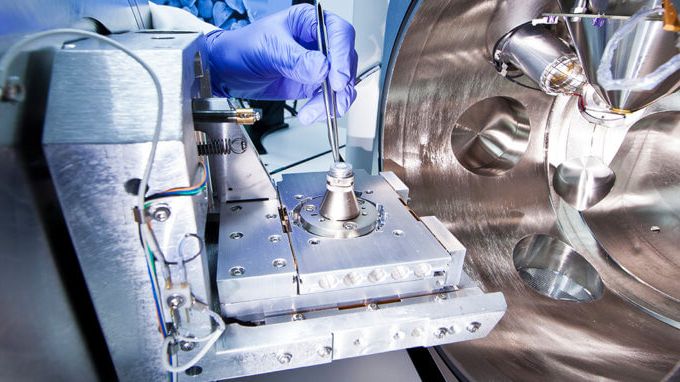How to Determine the Right Filter Media for Your Application
It’s easy to understand why dust collectors are necessary for manufacturing and processing facilities that produce dust and fumes. However, when it comes to dust collector filters, many believe that they can order the lowest cost filter cartridges that fit their dust collectors. Unfortunately, by using dust collector filters that are not designed to handle the specific dusts you produce, you can b



